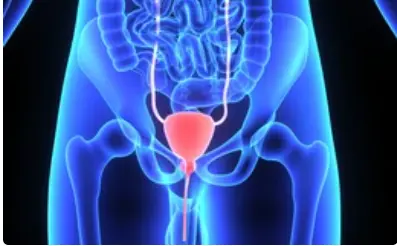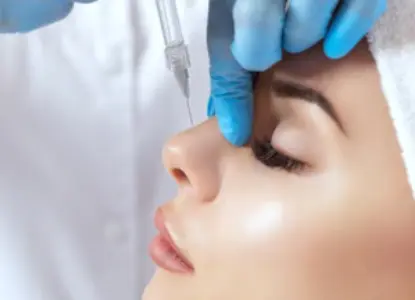 Welcome
Welcome
“May all be happy, may all be healed, may all be at peace and may no one ever suffer."
Retinal photography - Generics
Retinal photography is a diagnostic tool that allows eye doctors to capture high-resolution images of the retina, the innermost layer of the eye that contains light-sensitive cells called photoreceptors. These images can be used to identify and monitor various eye conditions, including diabetic retinopathy, age-related macular degeneration, and glaucoma.
How Retinal Photography Works
Retinal photography uses specialized cameras that are designed to capture images of the retina. These cameras can either be hand-held or mounted on a device that is placed in front of the eye. The camera typically emits a flash of light to illuminate the retina, and then captures multiple images of the retina from different angles.
The images captured by the camera are typically high-resolution and provide a detailed view of the retina, allowing eye doctors to identify any abnormalities or changes in the retina that may indicate the presence of an eye condition. The images can also be used to track changes over time, allowing doctors to monitor the progression of a condition and adjust treatment accordingly.
Uses of Retinal Photography
Retinal photography is commonly used to diagnose and monitor several eye conditions, including:
- Diabetic Retinopathy: Retinal photography is often used to diagnose diabetic retinopathy, a condition that occurs when high blood sugar levels damage the blood vessels in the retina.
- Age-Related Macular Degeneration: Retinal photography can also be used to monitor age-related macular degeneration, a condition that affects the macula, the central part of the retina that is responsible for sharp, detailed vision.
- Glaucoma: Retinal photography can be used to monitor changes in the optic nerve, which can be an early sign of glaucoma, a condition that damages the optic nerve and can lead to blindness if left untreated.
Benefits of Retinal Photography
There are several benefits to using retinal photography as a diagnostic tool, including:
- Early Detection: Retinal photography can detect eye conditions in their early stages, allowing for prompt treatment and better outcomes.
- Non-invasive: Retinal photography is a non-invasive procedure that does not require any incisions or injections.
- Quick and Easy: Retinal photography is a quick and easy procedure that can be performed in a doctor's office, usually in a matter of minutes.
- Patient Education: The images captured during retinal photography can be used to educate patients about their eye condition and help them better understand their treatment options.
Conclusion
Retinal photography is an important diagnostic tool that allows eye doctors to identify and monitor various eye conditions. By using this technology, eye doctors can detect eye conditions in their early stages, allowing for prompt treatment and better outcomes. Retinal photography is a quick, non-invasive procedure that can be performed in a doctor's office, making it a convenient and accessible diagnostic tool for patients.

Uncomplicated gonorrhea

Pain and inflammation ass...

Spasm

Bacteraemia

NSAID-induced ulcers

Radiation emergency

Coronavirus Disease

Wheezing
Retinal photography, রেটিনা ফটোগ্রাফি
To be happy, beautiful, healthy, wealthy, hale and long-lived stay with DM3S.